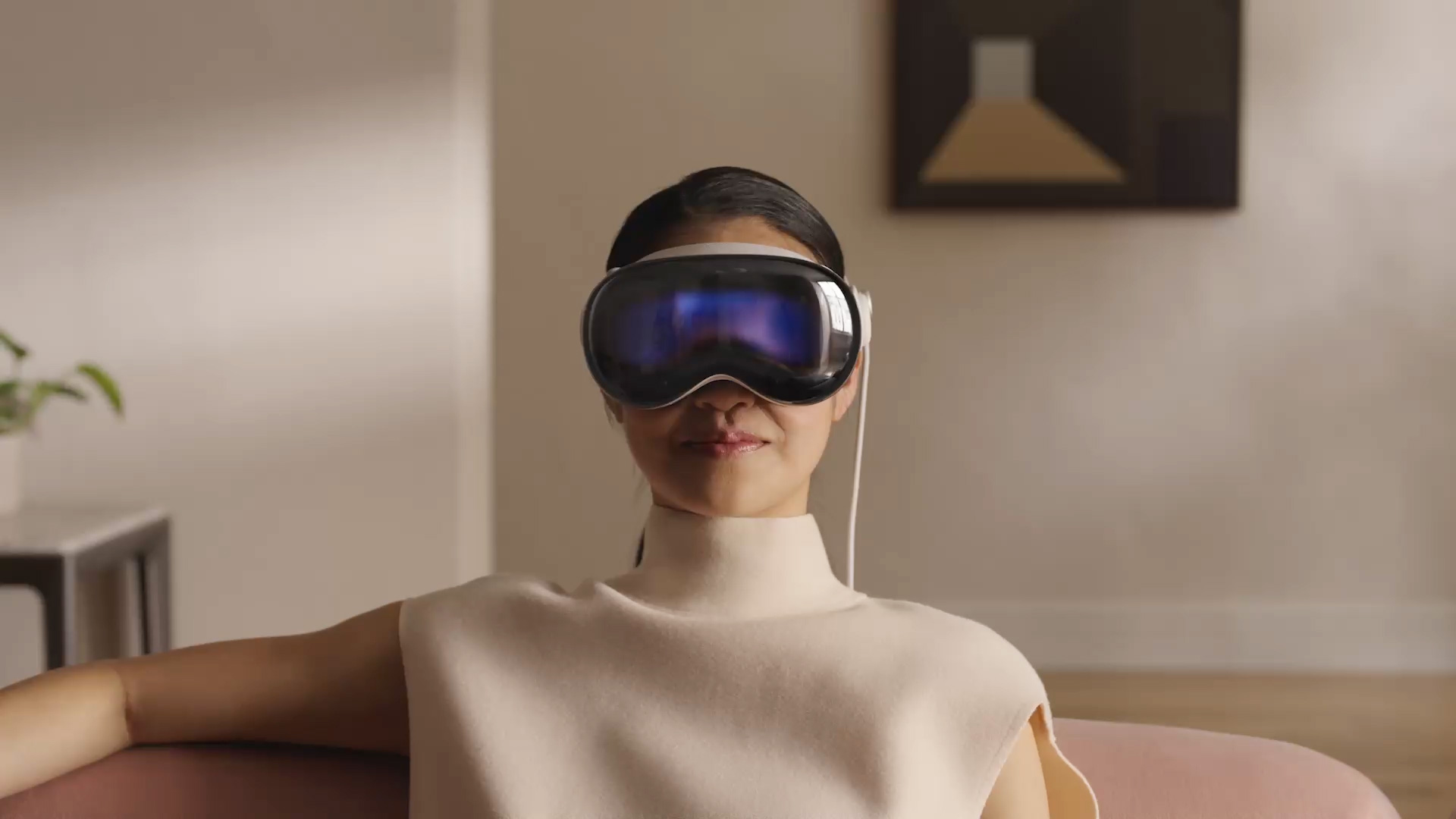
In a support document published online today, Apple detailed using its Vision Pro headset with certain medical conditions.

Apple says customers with pre-existing medical conditions should consult with a healthcare provider before using the Vision Pro, as using the headset could "aggravate symptoms or increase the risk of injury or discomfort."
Apple says these medical conditions include:
- Heart conditions
- Migraines or chronic headaches
- Dizziness or vertigo
- Eye or vision conditions, such as binocular vision conditions
- Psychological conditions
- Inner ear conditions
- History of dry eyes, itchiness, or swelling of the eyelids
- Skin allergies or sensitivities
- Seizures
- Balance or gait conditions
"If your medical provider confirmed that it's safe for you to use Apple Vision Pro, use the device seated and start with a less immersive experience," says Apple. "Use the device over short increments of time and take frequent breaks."
Apple also warns that the Vision Pro and its battery pack could interfere with nearby electronics, including cardiac pacemakers, hearing aids, and defibrillators.
"If you have a pacemaker or other implanted medical device, consult a medical provider or the manufacturer of your medical device before using Apple Vision Pro," says Apple. The headset and battery should be kept at a safe distance from these medical devices.
Apple says customers should stop using the Vision Pro if they experience symptoms related to a medical condition or skin reactions.
For more details, read Apple's support document.
The information above is presented for reference only, and it does not substitute for medical advice, diagnosis, or treatment.
Article Link: Apple Details Using Vision Pro With Certain Medical Conditions

